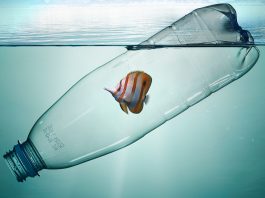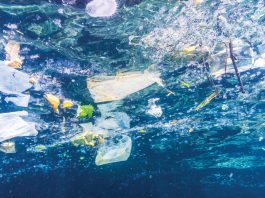Scientists have recently discovered that positively charged microplastics accumulate at relatively low levels in root tips, inhibiting plant growth and seedling development.
Environmental scientists have conducted a range of studies investigating the effects that microplastics have on marine life, however, little research has examined the way that microplastics can affect plant health. A recent paper, led by Xiao-Dong Sun, explores the impact of microplastics on plant growth and seedling development.
Microplastic accumulation in Arabidopsis thaliana
Led by Shandong University’s School of Environmental Science and Engineering, China, the research team analysed the influence of positively and negatively charged microplastics on the Arabidopsis thaliana, also known as the thale cress. The team found that positively charged microplastics accumulated at low levels in the root tips of plants.
Researchers also discovered that these microplastics can induce a higher accumulation of reactive oxygen, inhibiting plant growth and seedling development more strongly than negatively charged microplastics.
In their paper, published 22 June, the research group state: ‘By contrast, the negatively charged nanoplastics were observed frequently in the apoplast and xylem. Our findings provide direct evidence that nanoplastics can accumulate in plants, depending on their surface charge.
‘Plant accumulation of nanoplastics can have both direct ecological effects and implications for agricultural sustainability and food safety.’
What are microplastics?
Microplastics are very small pieces of plastics that pollute the environment. In addition to inhibiting plant growth and seedling development, microplastics can reduce the reproductive performance of marine ecosystems. Researchers also suggest that microplastics can negatively influence the growth, feeding, and behaviour of aquatic life.
New extrapolation of data, collected by Plymouth Marine Laboratory, suggests that marine microplastic concentrations can exceed 3700 microplastics per cubic metre. Professor Pennie Lindeque, lead author of this study and Head of marine Ecology and Biodiversity at Plymouth Marine Laboratory, said: “Microplastics aren’t a uniform type of pollutant, rather they come in all different shapes, sizes and polymer types; determining how many of which types are in the natural environment is rather like looking for needles in a haystack.”





